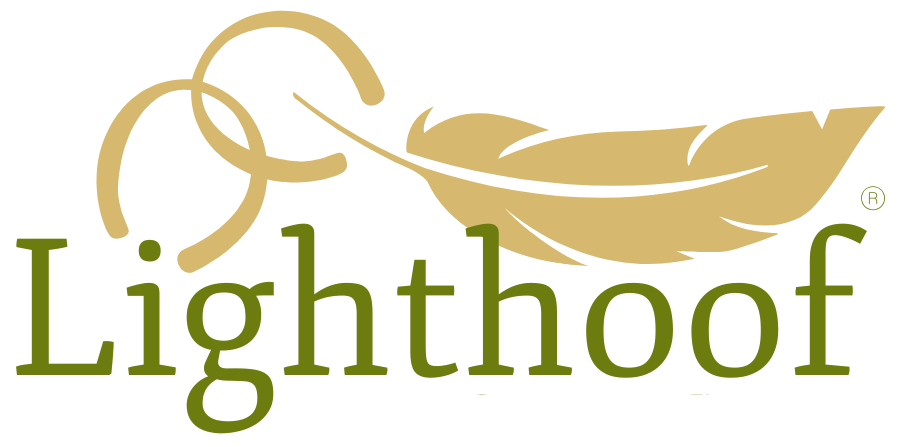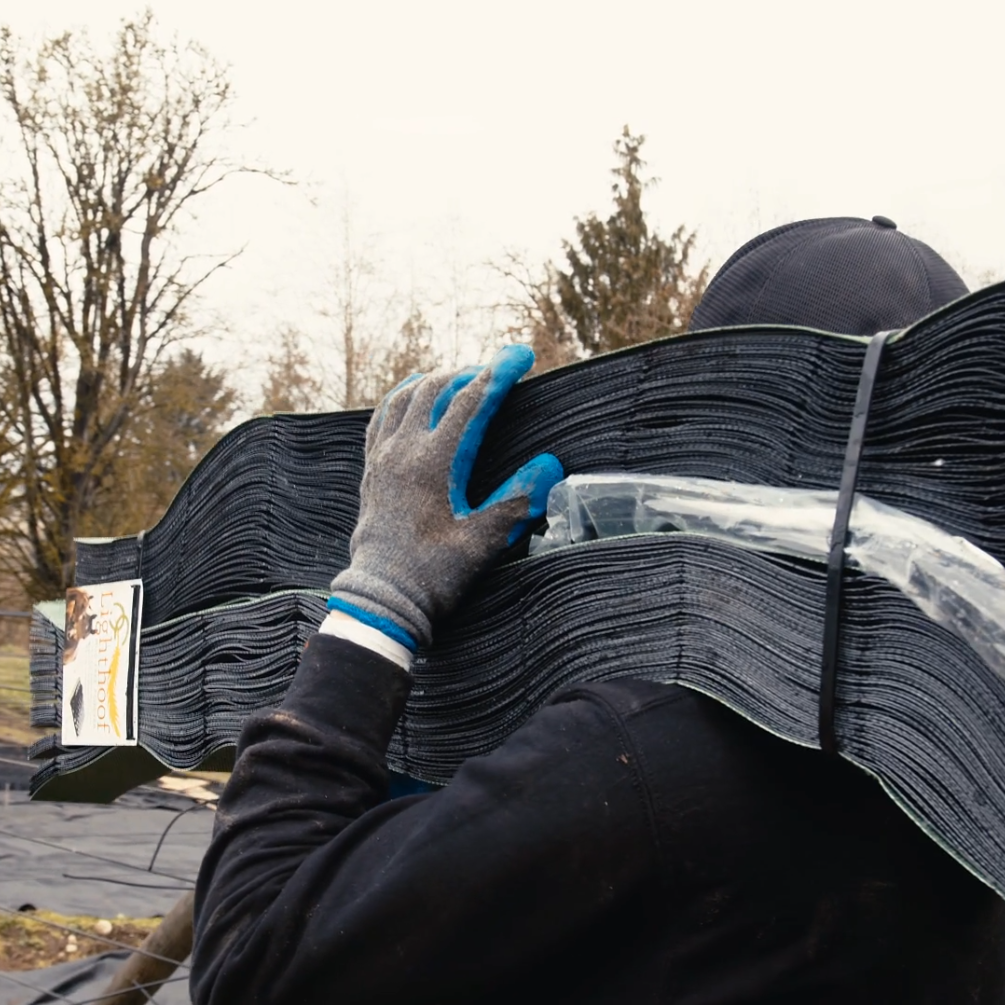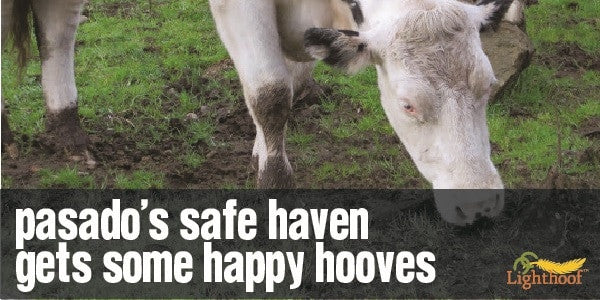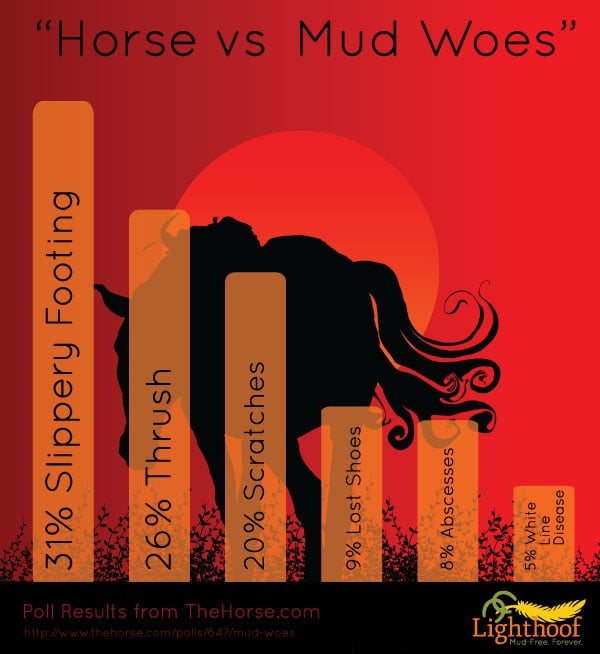CJ Millar is an avid equestrian, blogger, and marketer that lives on and owns her own horse farm in Northern New Jersey. She's here to share her stories of equine management, life on her farm - a work in progress, as she calls it, and news and updates from around the equine world.
Recently, in stroke of unfortunate bad luck, two of my horses suffered what would be considered catastrophic injuries. Fortunately they are not career-ending, but their rehabilitation has required meticulous care and ongoing management.
Both horses are OTTBs in their mid-teens, one is a jumper and the other is a semi-retired light riding horse (due to a back injury in his much younger years). Ensuring that they get the best of care, their needs are attended to, and that - when allowed - they get to stretch their legs in a quiet, dry, mud-free environment has been the core focus for them.
And, as anyone knows, keeping one, let alone two, OTTBs quiet and calm and out of trouble on stall rest is a challenge in and of itself. Add in our location in the humid muddy and rocky terrain of the Northeast, and that challenge is exponentially harder.
The two horses, Lucky and Sky, were injured within a week of each other, in completely unrelated incidents.
Lucky re-opened an old scar on a hind leg that took off the skin exposing tendon and even an artery. While it is healing incredibly well, he's stall bound for the foreseeable future with just minimal turnout in the small 30x50 barnyard, weather permitting. He can tolerate moving around and has actually remained relatively sound on the leg, as it's a flesh wound and doesn't affect any of his joints. However, with such a deep wound, keeping it clean and dry is a major concern as even with the best pressure bandage and care, any dirt - or worse mud - could spell disaster.
Sky was returning to full turnout after a strained muscle when an over-exuberant strut around with pals coupled with some uneven footing, some rocks, and some mud, led to the re-aggravation of a very old (from his track days) strained suspensory. Presently he's on week 2 of full stall rest, which will continue without hand walking for another few weeks. Once he is ready to hand walk, it's as important if not more so than with Lucky, that whatever footing he is on is dry and even.
And then there's my barnyard. While small, the entrance gets muddy for about 5' or so from the doors forward, which can be an issue for either horse. Lucky's leg is more stable, but if it so much as drizzles, he's not allowed out at all, as slipping could disrupt the reattachment of the skin flap to the tendon, as well as upset that artery can cause dangerous bleeding to resume.
For Sky, with any tendon or ligament injury, healing is slow, and a simple slip or misstep on wet ground can cause setbacks to day one, or worse. To prevent this, I've just received my first pallet of Lighthoof panels, and am aiming to install them in the next few weeks, in time for both boys to be able to go for some walks on the lead. In the meantime, we just finished a full cleanup of their paddock so that when they can go back outside, it's safe for them, as well as the other horses presently living in it.
Mud, rocks, and debris can spell disaster, and cause injuries such as the ones my horses are facing. Horses are horses, and accidents to do happen, but in taking the time to redo the fields, clean things up, and install mud management systems in mud-prone areas, we're already on the right track of pasture management for recovery of both horses and prevention of future injuries.
When it comes to working around the farm, we've seen our share of issues, including a tornado, two major hurricanes and a major tropical storm that caused severe damage to the property. We're excited to be on our way to a full farm cleanup, and happy to have Lighthoof panels to help with the trouble areas.
Follow the stories of Lucky and Sky in the months ahead as they rehabilitate from their injuries, and learn how pasture management can help in injury prevention and rehabilitation for healthier, happier, sounder horses!
Cheers,
CJ Millar

The horses all wanted to help with cleanup.

"Before" note all the rocks and debris from downed tree branches (please forgive the temporary fence!)

"After" the field is ready to be dragged, free of rocks and branches

"After" ready to start putting in the new fencing!




Leave a comment
This site is protected by hCaptcha and the hCaptcha Privacy Policy and Terms of Service apply.